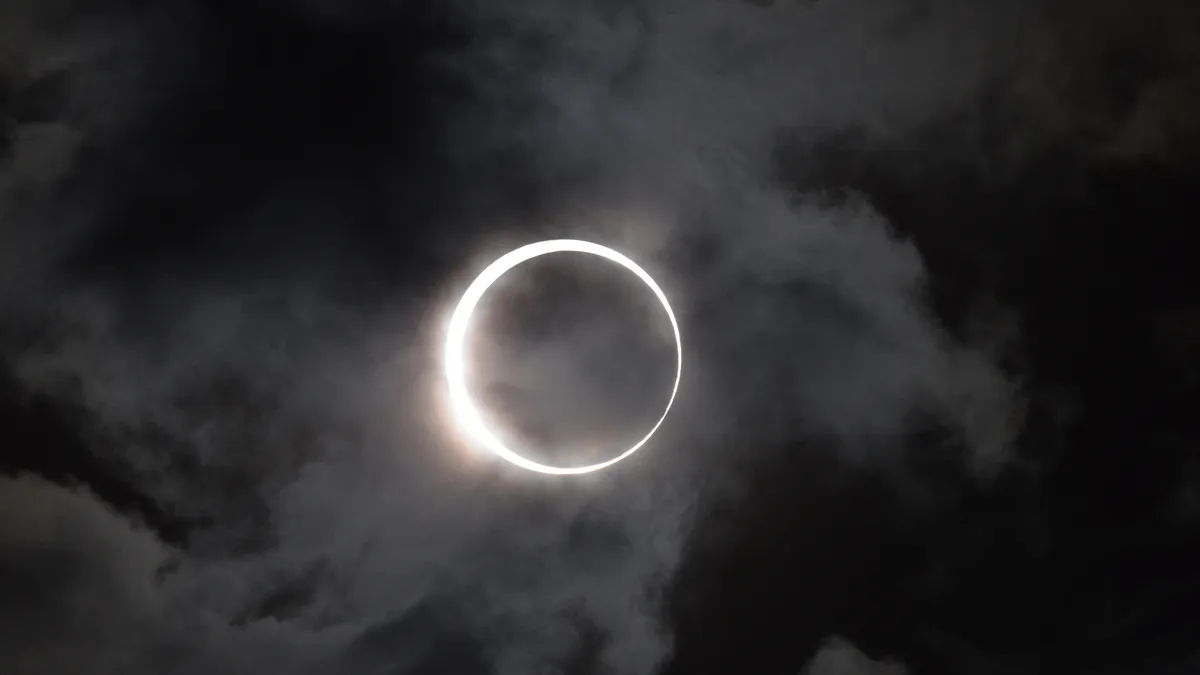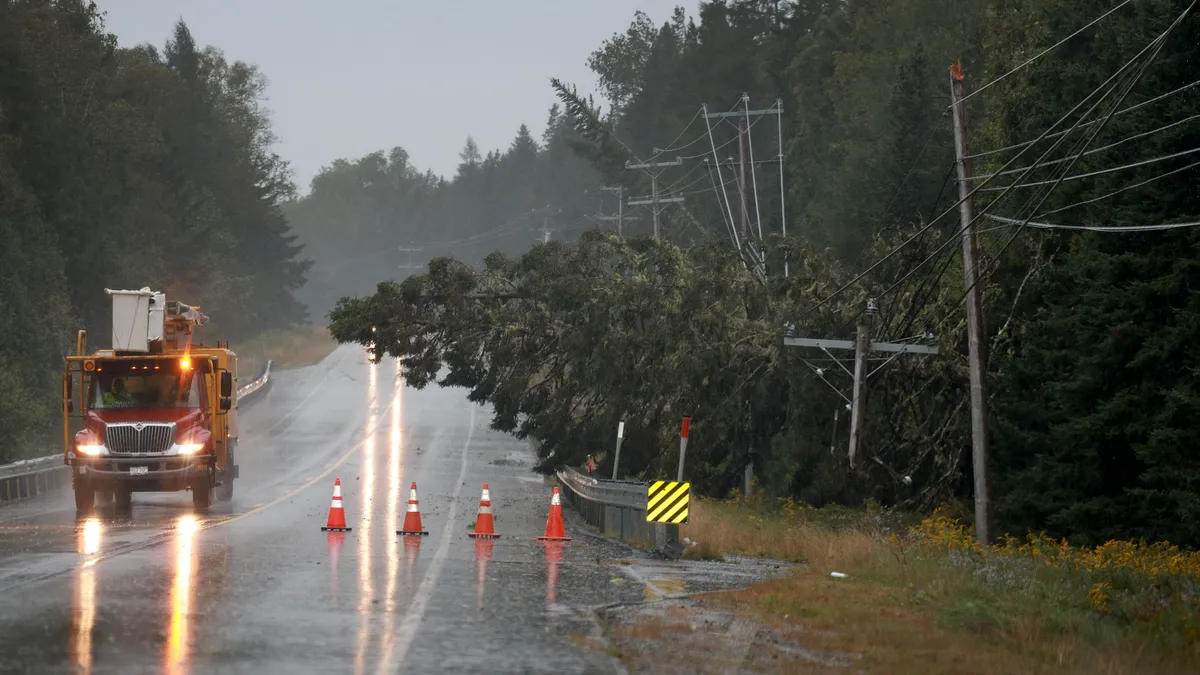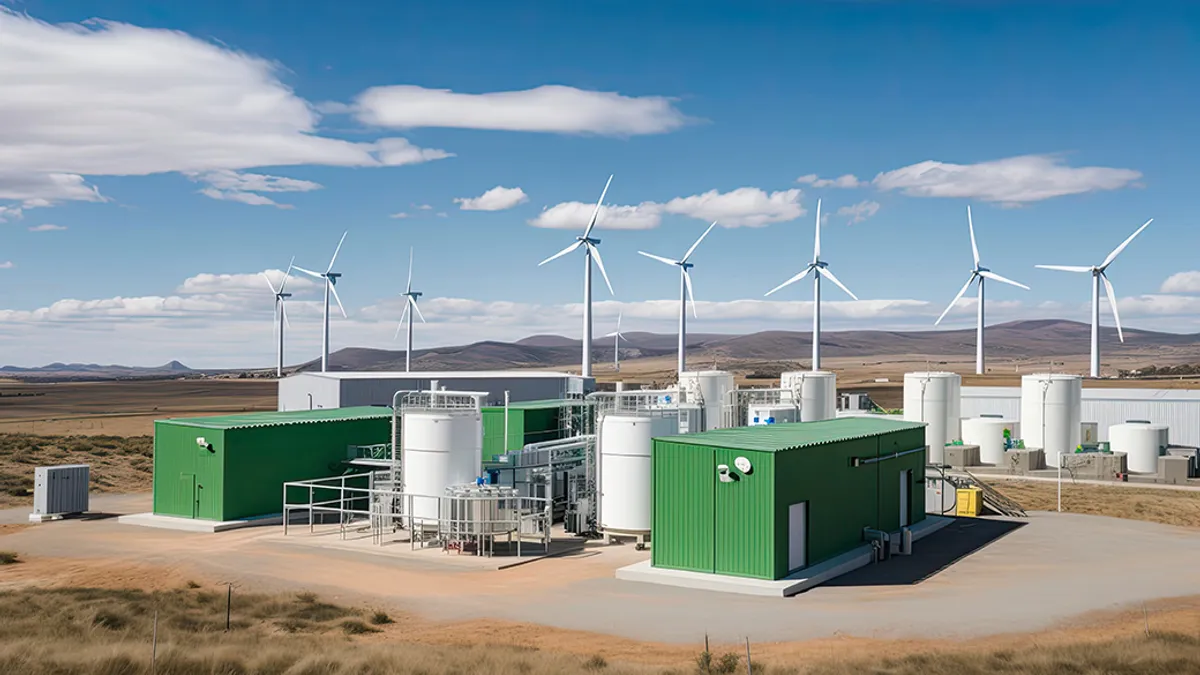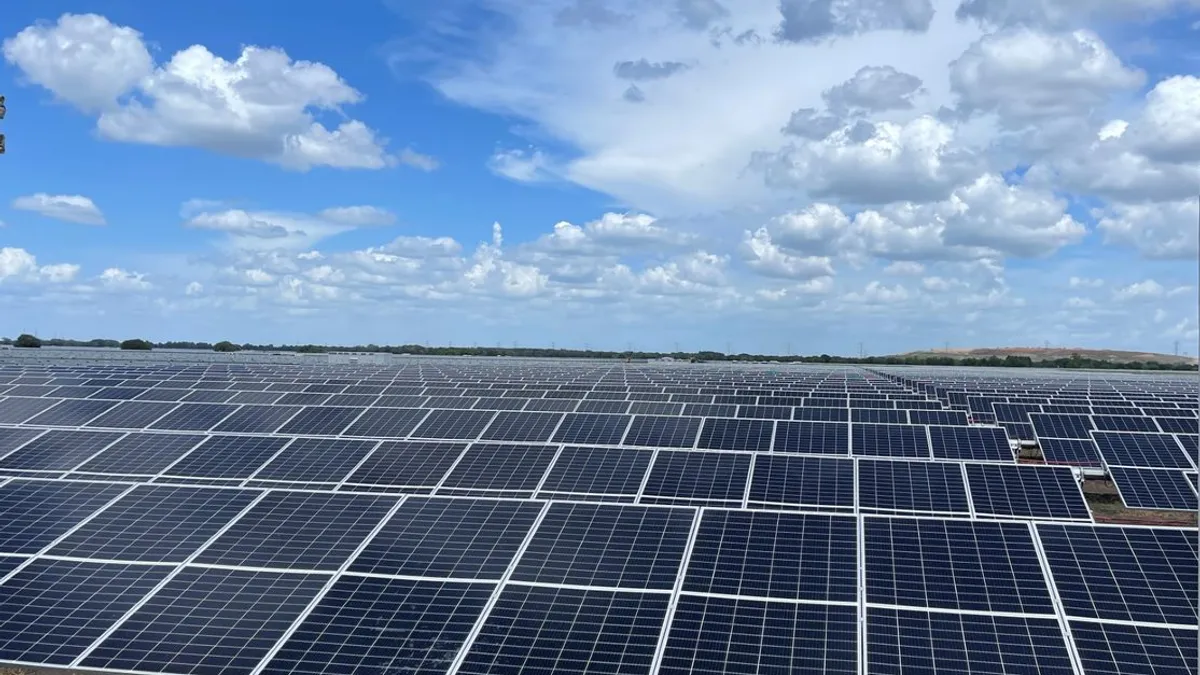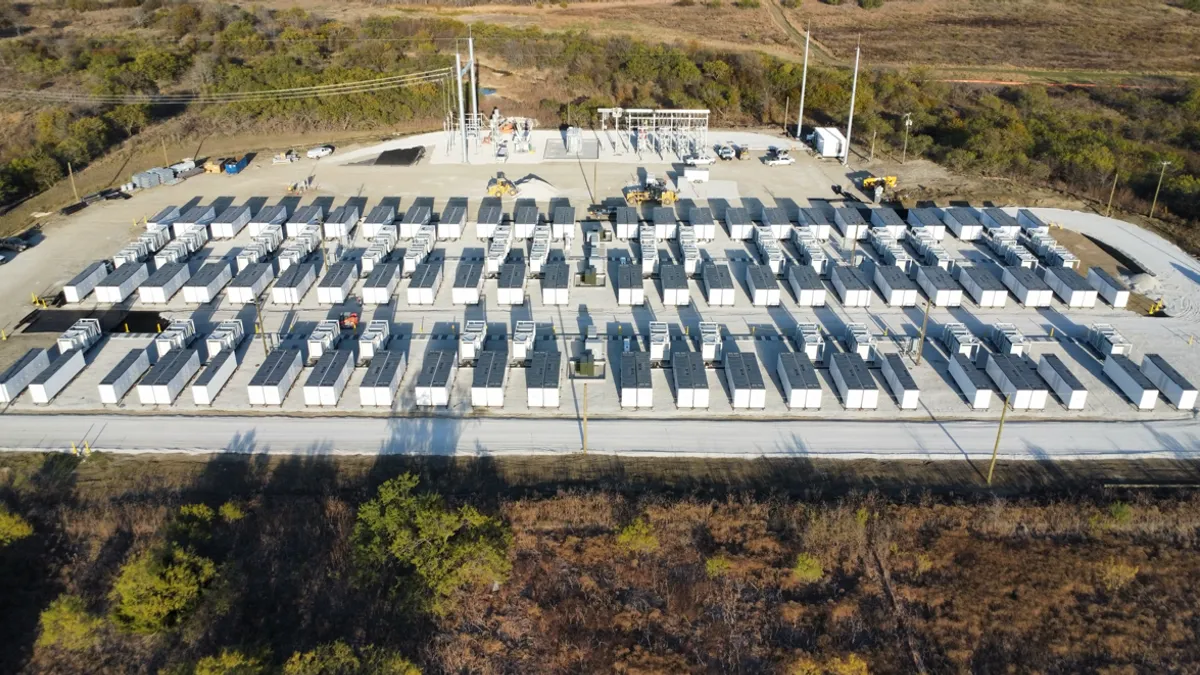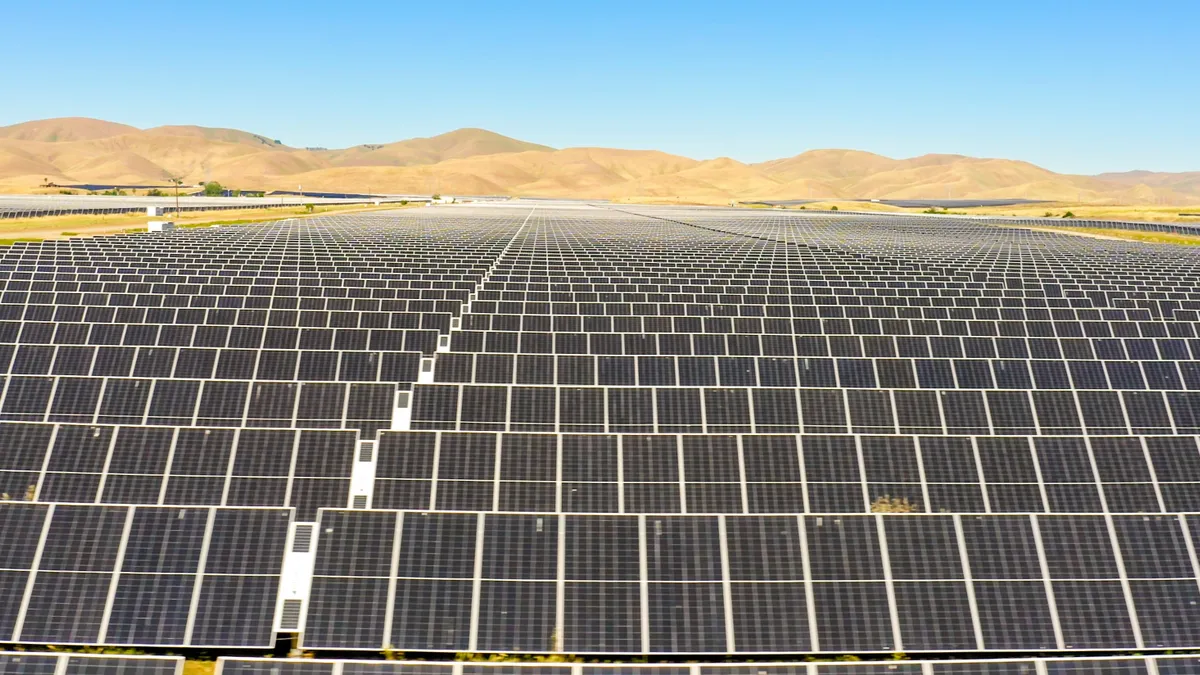The United States power grid didn't blink as the sun slipped behind the moon for a brief time this week. The much-heralded eclipse did have a significant impact on solar energy--utilities saw several gigawatts of clean energy vanish for a few minutes — but with ample preparation, customers saw no impact.
Is that a big deal? Maybe not — yet.
Because of cloudy weather, and changes to customer behavior related to the eclipse, the impact was muted. California had expected utility-scale solar output to drop 4,200 MW during the event, but saw a drop-off of only 3,400 MW. PJM Interconnection experienced a net decrease in demand of about 5,000 MW throughout the eclipse, for a variety of factors. Utilities were prepared, but ultimately the United States just isn't that reliant on renewable power — yet.
Last year, the country got almost two-thirds of its electricity from fossil fuels, and 20% from nuclear energy. Renewables, of which solar is a tiny portion, made up 15%.
On the other hand, that mix is expected to change in the near future. Ganesh Bell, Chief Digital Officer of GE Power, discussed the eclipse and the power grid's response with Utility Dive.
"We saw that with ample time to prepare, our power supply can be quite resilient. But we know that with less time to prepare – as in the case of extreme weather events – that’s not always the case," he said.
According to Bell, on average North American generating units are unable to meet demand 6% of the time, largely due to unplanned outages and weather-related events. The United States power grid is less reliable than many countries in Europe and Asia, and outages cost the economy between $20 billion and $55 billion annually, according to the Department of Energy's Quadrennial Energy Review.
An eclipse is a rare, brief and predictable event. There is another coming up in 2024, and presumably the United States will have significantly more solar capacity that could be impacted.
But while utilities will undoubtedly prepare for the next astronomical event, resilience to an eclipse will require the same type of upgrades and modernization that are currently taking place. And issues of renewable intermittency are already being addressed, likely turning up the same solutions to deal with an eclipse.
"To be able to cope with these much shorter-term variations in demand, we need a grid, and connected energy resources, that are much more flexible still," said Bell. Digital technologies which monitor, predict, and optimize energy resources, and systems of energy resources, "are the single biggest lever power producers and utilities have to achieve that type of flexibility."
Is storage the answer?
Energy storage is growing quickly in the United States, in a variety of use-cases. Microgrids, frequency regulation, reliability, demand response, are all driving the growth. Last year, utility-scale battery storage capacity installed in this country grew by 221 MW, largely due to falling costs, according to a report from GTM Research and the Energy Storage Association.
Last year 60 MW were installed, just to deal with potential gas shortages in California after a leak was discovered at the Aliso Canyon storage facility. Gas generation in the state was off 20% in the summer of 2016, compared to the year before, but there was no impact on reliability.
While GE is developing battery projects, Bell cautioned that storage is one — but not the only — answer to better grid reliability.
"Energy storage is going to play an important role in helping to meet short-term energy needs. There’s no doubt, and its already happening," he said.
Along with Southern California Edison, GE earlier this year completed what it believes is the world's first battery-gas turbine hybrid system, located in Norwalk, California. The hybrid unit integrates a 10 MW/4.3 MWh battery energy storage system with a 50 MW gas turbine, and other units are in development.
The trend is growing, with traditional plant manufacturers now partnering with storage companies. But Bell says large amounts of energy storage will not replace the need for other grid modernization and digitalization..
"Battery storage doesn’t negate the need for a true digitally-enabled electricity ecosystem," he said. "That’s the true path to ensuring grid reliability in an increasingly renewable world. We have to look beyond improving the performance or resilience of individual generating assets, to connecting the entire electricity value chain in real-time to achieve true resiliency."
'A digital network of connected assets'
The evolution of the power grid is being driven by technology, clean energy and new business cases. But that evolution is also limited by how we think about the grid, says Bell.
"The key to ensuring a more resilient energy future for the US is to stop thinking of electricity in terms of its 100-year-old linear model, and to start re-imagining electricity as a digital network of connected assets," he said.
Utilities are increasingly embracing concepts like big data analysis, the Internet of Things and cloud computing. That means their investments are changing significantly: cloud-based software, advanced metering infrastructure, software development and communications networks are now common in the space. And the result is an increasingly diverse set of devices connected to the grid and controllable for reliability purposes.
Residential water heaters, thermostats, pool pumps, electric vehicle chargers, energy storage, commercial building microgrids and community solar, all illustrate the range of devices now considered grid resources.
"We have an opportunity to re-imagine the grid as being more like the Internet," said Bell, "wherein utilities can predict the need for, and source electricity, digitally, in the same way that corporations can source supercomputing power from anywhere in the world in an instant today."



